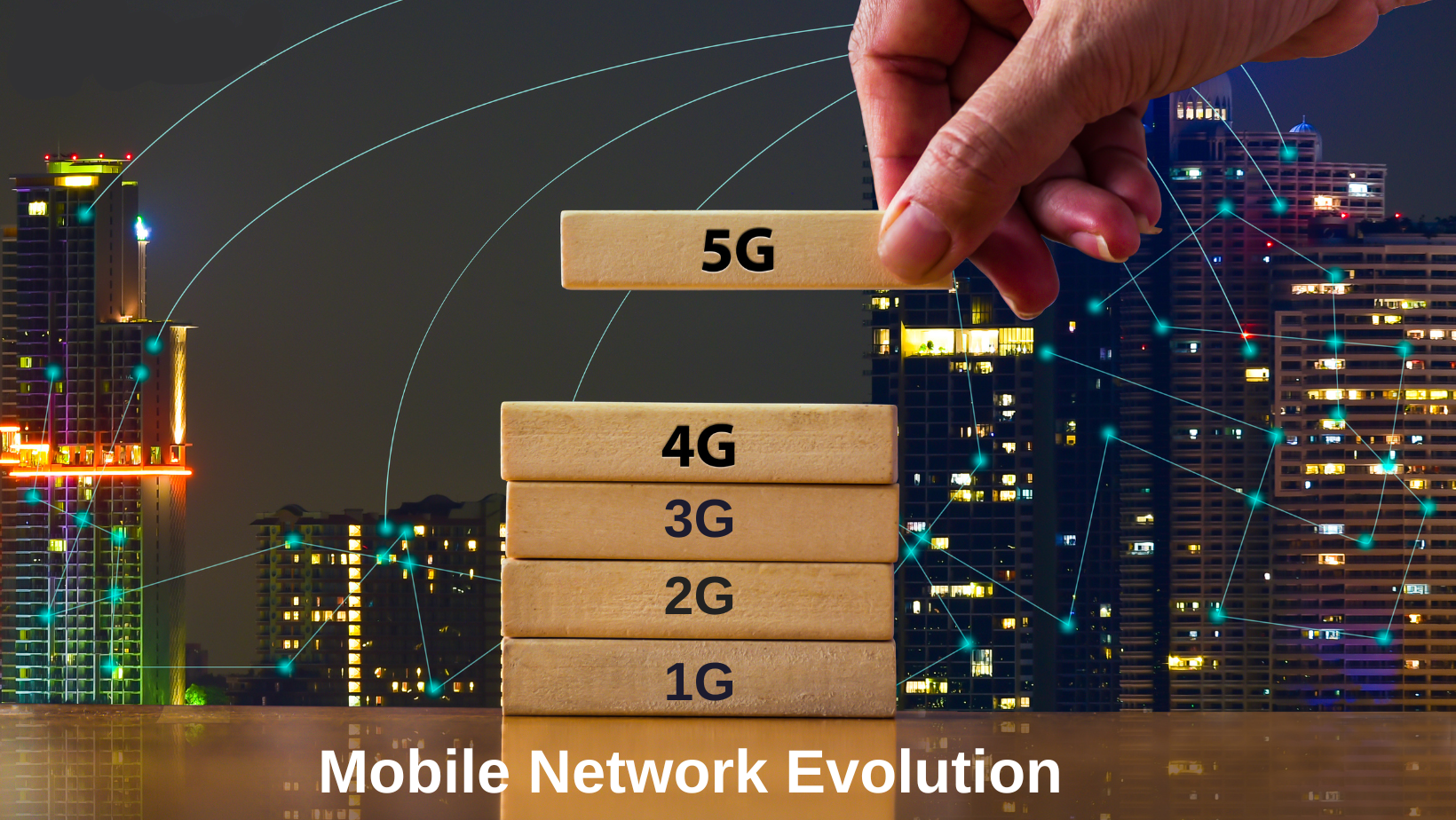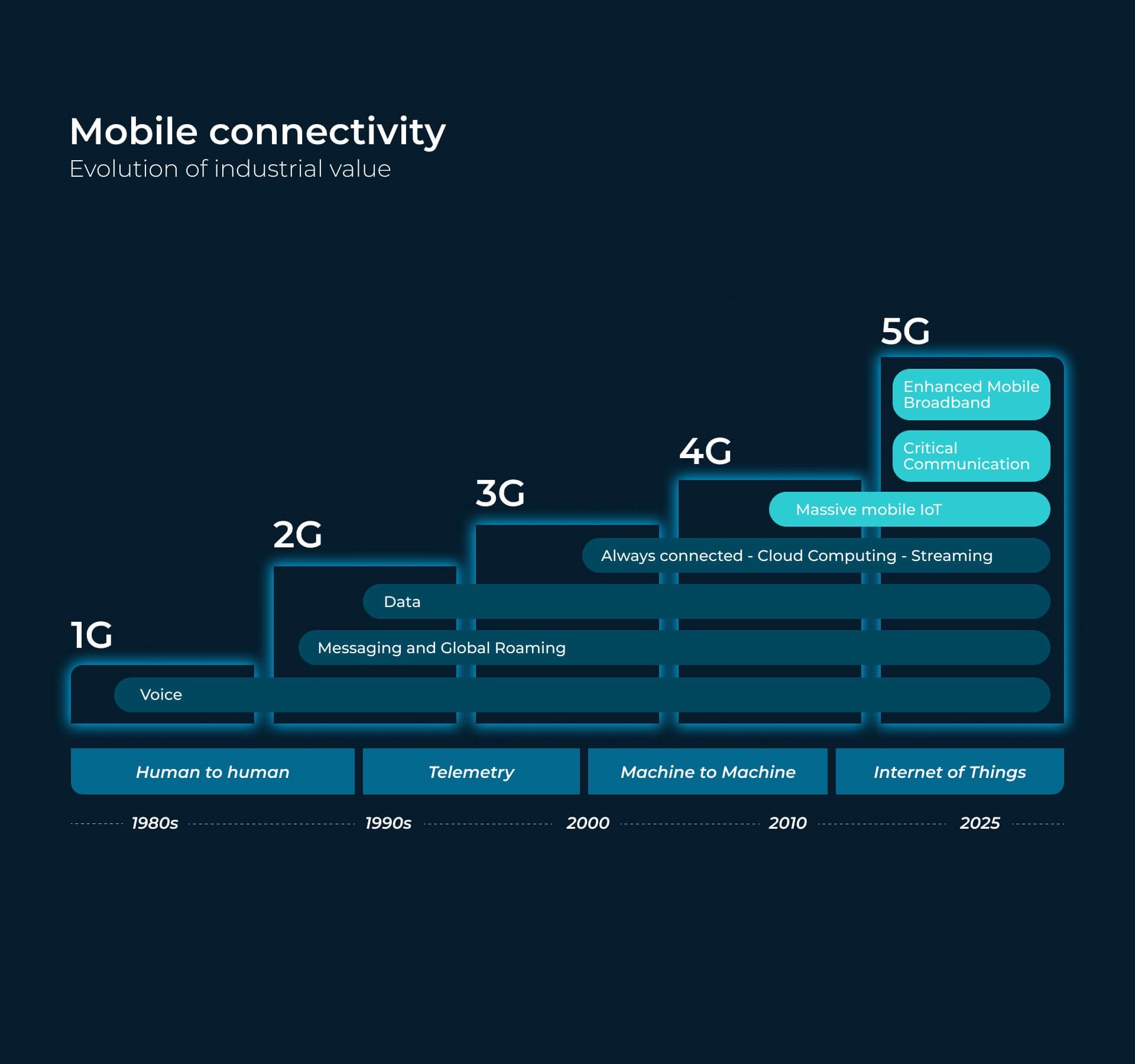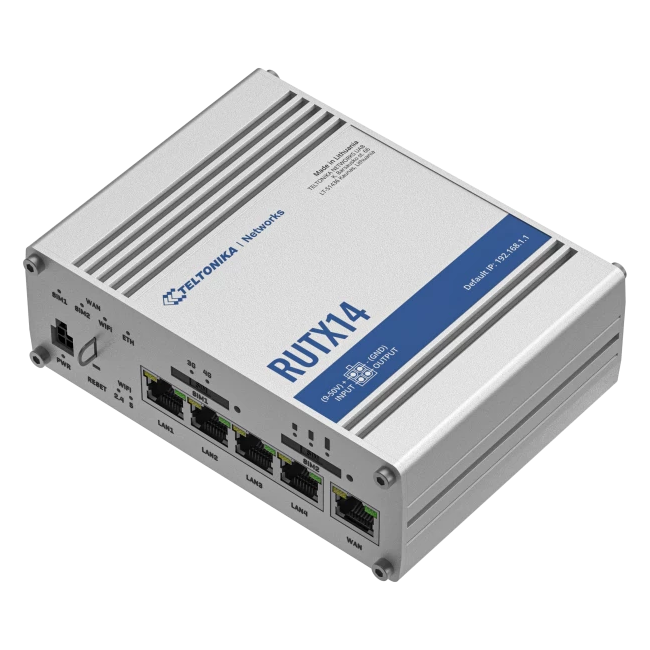How 2G/3G/4G/5G effect your IoT SIM performance


GSM Network Generations
GSM network generations have continuously risen over time, with 5G being the most current and powerful generation to date, and speeds of over 100Mbps are now commonplace, which would have been unheard of not so long ago.
Let’s have a brief look at how things have grown throughout time:
- 1991 – 2G
- 2001 – 3G
- 2009 – 4G
- 2018 – 5G
These are the technology release dates, although modems will lag behind for a while; hardware costs are frequently substantially higher in the period immediately following launch, and progressively reduce by the time a new generation is launched.

Considerations
5G hardware is already available for both 5G IoT, mobile broadband, and fixed broadband, making it possible for buildings to be linked only via cellular connection. It would be fantastic to use a multi network SIM card for extremely high data consumption or main broadband, but it is not cost effective. This is where Dual SIM devices come in handy, as they allow you to have a multi network backup SIM card to keep you connected if your main SIM goes down.
Downgrading generation can be advantageous. At first appearance, you would think that the greater the generation, the better and more resilient your solution would be. This is often valid, particularly if your higher-generation equipment is backwards compatible with older versions.
As with most things, there are exceptions to the norm. Assume you are running a stand at a large event with tens of thousands of attendees. Most of them will have smartphones and will post a lot of videos and photos on social media. The bulk will be connected to 4G and 5G on local cell towers, which places a huge load on bandwidth and may result in none being accessible to you. Consider 2G; it is practically a legacy generation, and phones will not be linked to this band, thus your multi-network 2G connection may be more helpful than a more current generation.
Conclusion
As with all things IoT, there are several complexity and factors to consider, and no one solution that is suitable to every use case, so it is mostly a matter of knowing the facts and aligning your goals with the most appropriate technology as best you can.
Keep in mind that, as 3G is phased out and CATM and NB-IOT are pushed out across mobile networks, the entire landscape of multi-network SIM cards and IoT connection is changing and evolving as we speak.